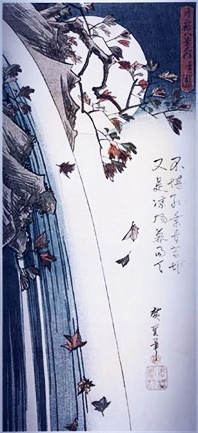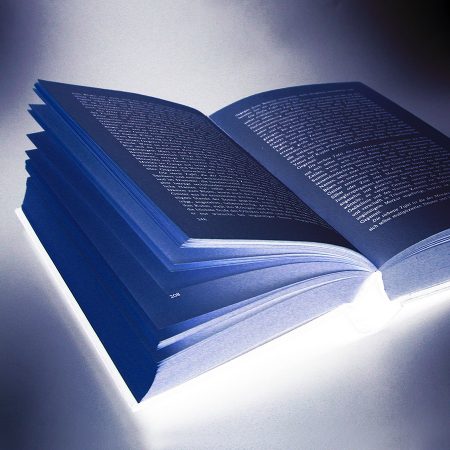The full moon on Japanese woodblock prints

Japanese woodblock prints have a centuries-long tradition and stand for high quality craftsmanship and artistic expressiveness. In particular, when realizing that this printing technique has been practiced since the 8th century (when letterpress printing in Europe was still a distant prospect), it becomes clear what kind of cultural achievements can be associated with this. A woodblock print works just like a stamp that has been carved into a block of wood. Then the color is applied onto the wood and printed onto paper. If you want to print a variety of colors on top of each other, you need a separate woodblock per each color and hence receive the characteristic depth effect.

At the beginning, mostly religious topics were depicted. Printing these pictures and the texts, provided the temple printer’s with a good income. Around 1600, the artists began to also depict sceneries of nature and people in various situations, next to the religious topics. This is how the full moon came into play, which was favored to be shown especially in nightly motifs. The opposite picture is by Utagawa Hieroshige (1797–1858) and is called »Moon behind Leaves«.
Initially, the prints were black and white, but later turned into prints with various colors. At around 1765, the first full-color prints were published and became well known under the name ›Nishiki-e‹ (jap. 錦絵, brocade pictures). The production always required four people: the publisher (announces the order and finances it), the artist (delivers layouts and draws), the wood cutter (creates the printing plates) and the printer (prints the picture).
This is how the full moon smiles at us peacefully from these woodblock prints from the Far East. These pictures radiate a fascinating tranquility, which feels good in the hectic pace of our day-to-day lives …
